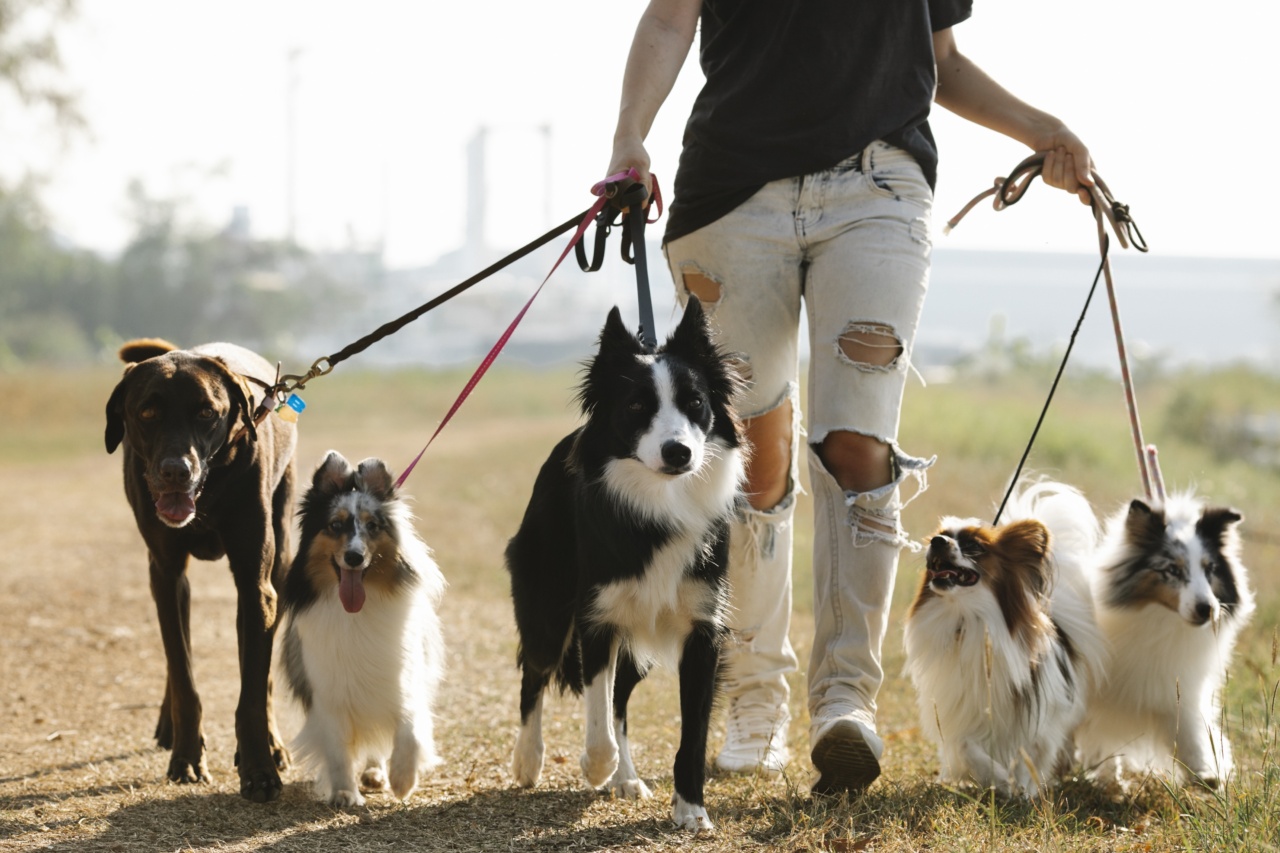As responsible dog owners, it is important for us to understand the signs and symptoms of heat exhaustion in dogs, especially during hot summer months.
Dogs cannot express their discomfort in the same way humans can, so it is crucial to be attentive to their communication cues. By recognizing the signs and taking appropriate action, we can prevent serious health complications and ensure the well-being of our furry companions.
1. Excessive Panting
Panting is a natural mechanism for dogs to cool themselves down. However, if your dog begins to excessively pant, it may indicate heat exhaustion. This can be observed if your dog’s panting becomes rapid, shallow, and seems more intense than usual.
It is important to pay attention to changes in their panting patterns.
2. Excessive Salivation
If you notice your dog drooling excessively, it could also be a sign of heat exhaustion. Dogs may produce more saliva than usual as their body attempts to regulate temperature. Keep an eye out for this as it can be an early warning sign.
3. Lethargy and Weakness
Dogs suffering from heat exhaustion often display signs of lethargy and weakness. They may seem unusually tired and lack energy.
If your lively and active dog suddenly becomes sluggish or uninterested in activities, it is important to consider heat exhaustion as a potential cause.
4. Rapid Heartbeat
Heat exhaustion can cause an increase in heart rate in dogs. If you observe your dog’s heart beating rapidly or irregularly, it may indicate a problem with their body’s temperature regulation.
A faster heartbeat is a clear sign that immediate action needs to be taken.
5. Glassy Eyes
Take notice of your dog’s eyes. When experiencing heat exhaustion, their eyes may appear glassy or bloodshot. This can be an indication of strain on their body due to excessive heat. It is crucial to provide relief and prevent further complications.
6. Vomiting or Diarrhea
In severe cases of heat exhaustion, dogs may vomit or have diarrhea. When the body experiences heat stress, it tries to rid itself of excess heat by vomiting or loosening the stool.
If your dog experiences these symptoms, it is important to seek veterinary attention immediately.
7. Pale Gums and Tongue
Heat exhaustion can affect the color of your dog’s gums and tongue. Healthy gums are normally pink in color, but during heat exhaustion, they may become pale or even bluish.
If you notice these changes, it is crucial to help your dog cool down and seek veterinary assistance as soon as possible.
8. Disorientation and Confusion
When dogs suffer from heat exhaustion, they may exhibit disorientation and confusion. They may appear unsteady on their feet or struggle to maintain balance. In severe cases, they may even collapse.
If you observe these signs, act quickly to prevent further harm to your dog.
9. Seeking Cool Places
Dogs often search for cooler areas when they are feeling hot.
If you notice your dog constantly seeking shade, lying on cool surfaces like tiles, or digging holes to rest in, it is a clear indication that they are trying to regulate their body temperature. Provide them with a designated cool spot and ensure it has access to fresh water.
10. Excessive Paw Licking and Chewing
When dogs feel overheated, they may resort to licking or chewing their paws in an attempt to cool themselves down.
If you notice excessive paw licking or chewing, it is important to take it as a signal of distress and act accordingly to prevent heat-related issues.




























